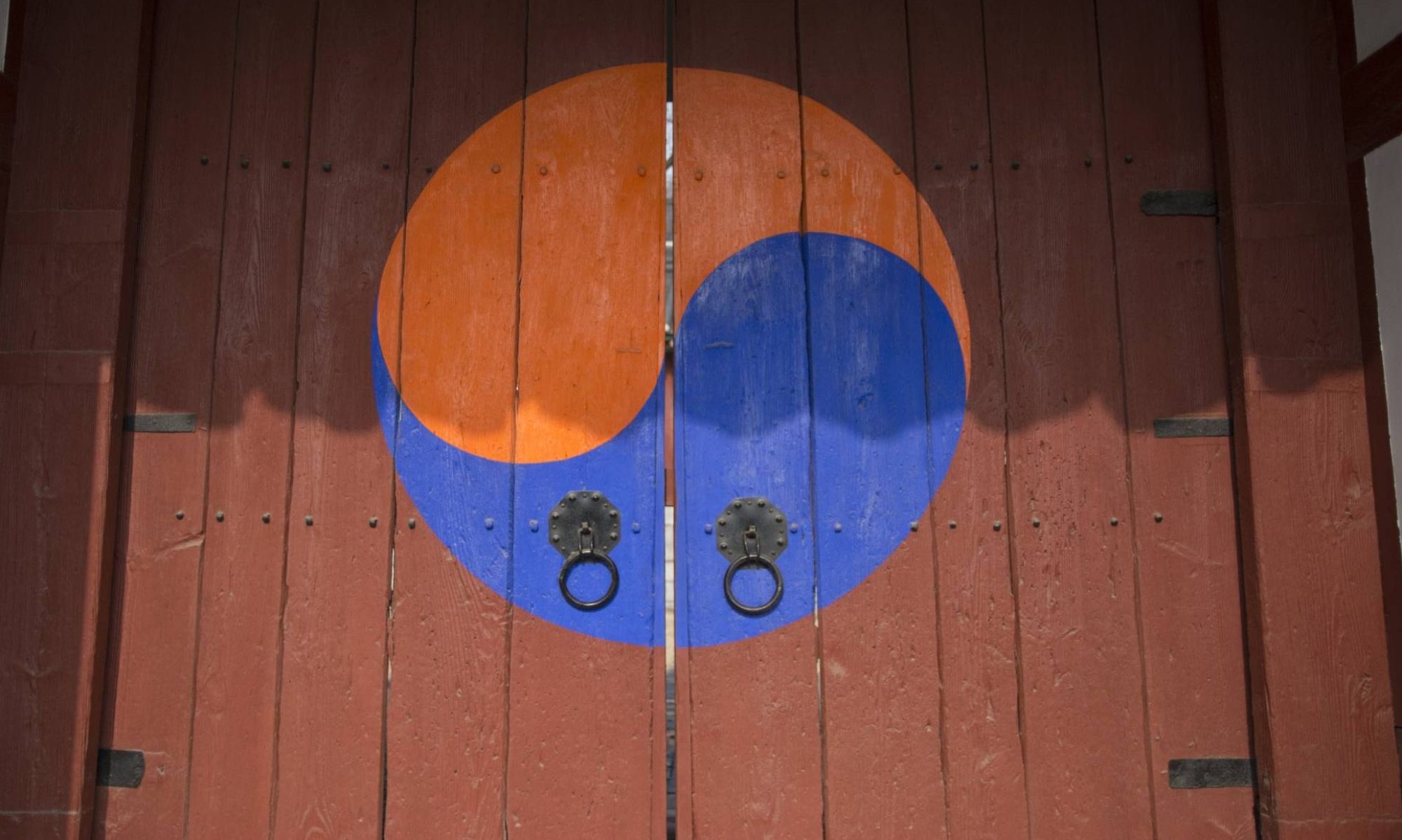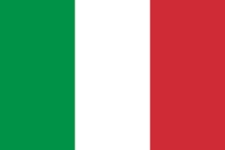
Italy was not a member of the United Nations when the Korean War broke out, but was a member of the North Atlantic Treaty Organization (NATO) since April 4, 1949 . Nevertheless, as the International League of Red Cross appealed to the Red Cross in each country to provide medical support to Korea, in August 1950, Italy decided to dispatch a medical support unit. The Italian Red Cross organized the 68th Red Cross Hospital (Croce Russa Italiana Ospedale 68), composed of 6 medical officers, 2 administrative personnel, 1 pharmacist, 1 chaplain, 6 nurses, and 50 soldiers. Then, it prepared for participation by securing necessary medical equipment and medicine, and training personnel.
On November 16, 1951, the 68th Red Cross Hospital arrived in Pusan, and moved to Seoul where the hospital would be opened. It was situated at the site of what is now the Usin Elementary School in western Seoul 서울우신초등학교. Italy was the last country which dispatched combat or medical units to the Korean War.1 In addition, Italy was the only non-member of the U.N. to participate in the War.
The Activity of the 68th Red Cross Hospital
On December 6, 1951, the Italian medical unit opened a hospital with a capacity of 150 beds in Yongdeungpo, Seoul. It had surgical, internal, pediatric, dental, and radiation treatment facilities. On December 12th, it installed a clinic for civilians. Except for some special items, necessary medicine was supplied by the Italian Red Cross. The Hospital had an emergency room and an outpatient treatment room, both of which operated 24 hours per day. It also provided medical treatment to 300 civilian patients a day during weekdays. Serious patients among them were hospitalized. From July 1952 to June 1953, the Red Cross Hospital treated 1,639 inpatients and 35,000 outpatients, and carried out 15,000 operations. The hospital had a 4% mortality rate. Even after the armistice, several military patients stayed in the Hospital.
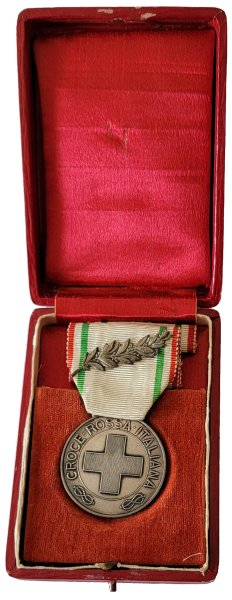
For 8 months until August 1952, the Hospital provided internal treatment for 19,070 patients, surgery for 10,475, ophthalmic for 2,239, tubercle for 9,369, dental for 1,123, and radiology for 7,754. On September 17th, 1952, there was a train crash accident near Kurodong, Seoul, in which 12 persons were killed. The Italian Red Cross Hospital dispatched an emergency task force, which provided medical treatment for 161 injured individuals. On October 6th, President Rhee visited the Hospital to show his appreciation for Italy rendering their assistance in the train accident, and to award a Presidential Unit Citation. I found one reference which stated that the Korean government awarded the “Geumseong Order of Military Merit and the Silver Medal in August 1954 to the unit’s head and the head nurse”. I am not sure what was awarded. On December 20, 1954, the unit received a Korean Presidential Citation.
A year after the unit arrived in Korea, the hospital burned to the ground. No one died in the fire, and by February 23, 1953, the hospital had been rebuilt and expanded to 145 beds. The facilities were improved as new medical equipment was supplied from Italy. The number of beds eventually increased to a maximum of 200.
The Red Cross Hospital continued its mission until one year after the armistice. During this period, the number of vacant beds increased as recovered UN soldiers left, to return home. As a result, the main mission of the Hospital changed to treating civilians, which lasted until January 2, 1955, when the Hospital unit returned to Italy. At that time, as most of the inpatients who were turned out were parasite carriers, the hospital was supplied with germicide from Italy, contributing to the extermination of the parasite. When the Italian Red Cross ceased operating in Korea, it donated all of its hospital equipment to the South Korean government.
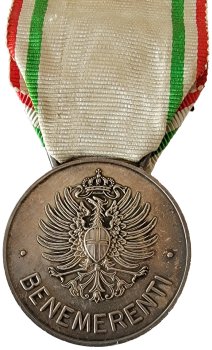
The Italian Red Cross Medal of Merit (or Medaglia al merito della Croce Rossa Italiana) is an Italian award established in 1913.
The medal was awarded in both peacetime and wartime. In peacetime, for particular merits or personal actions and for social commitment and organizational capacity. In wartime for those who have particularly distinguished themselves or worked for the Association in peace and humanitarian support operations in support of populations affected by armed conflict.
The medal was awarded in the following grades:
- Gold Medal of Merit, awarded for services rendered in wartime operations,
- Silver Medal of Merit, awarded for services rendered in times of war operations, and
- Bronze medal of merit, awarded for services rendered in wartime operations.
- Diploma of Merit, awarded for services rendered in times of war operations.
The medal has a diameter of 34 millimeters and weighs about 16.67 grams. It was issued with a red case, with red fitted leatherette exterior. The ribbon is white with narrow red, white, and green edges. Service in a war zone is indicated by a palm centered on the ribbon. A star on the ribbon indicates the medal was earned for merit.
United Nations Medal for the Korean War, Italian Version
The United Nations Korea Medal was awarded to citizens of a country that was not a member state. Italy did not join until 1955. The United Nations Command (UNC) General Orders #18, dated July 22, 1952, certified the Italian Red Cross hospital as having directly supported the U.N. military operations. This, in turn, established eligibility for the award of the U.N. Medal according to the award criteria.
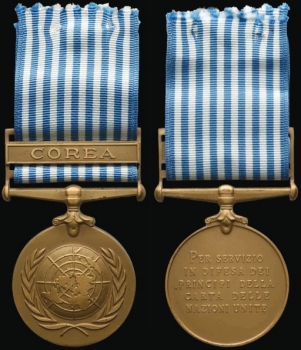
Sold at auction by Morton and Eden, Auction #120, Dec 7, 2022, Lot #866

